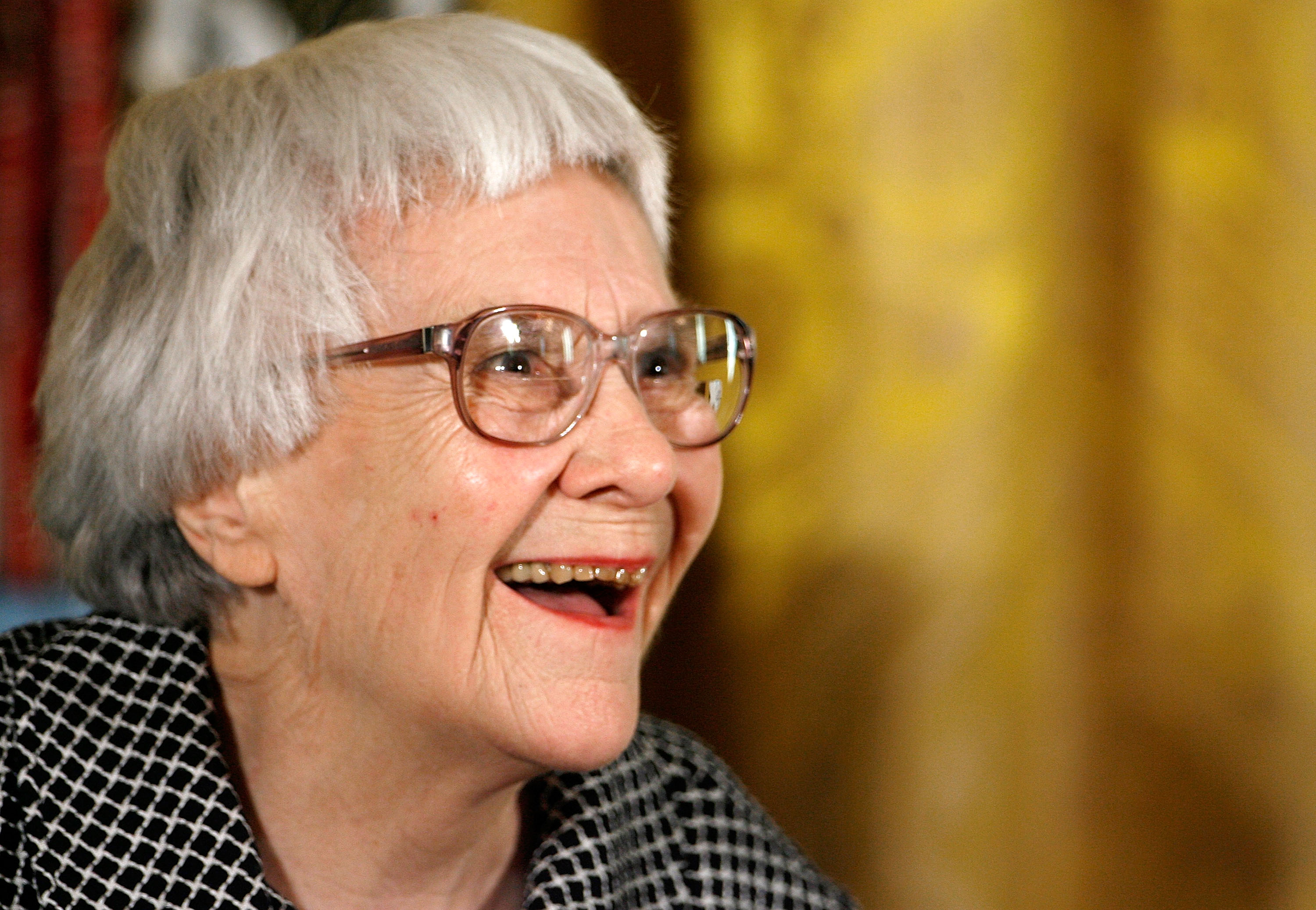Title: Harper Lee: From Mockingbird to Watchman
Director: Mary McDonagh Murphy
Genre: Documentary
The director of the documentary ‘Hey, Boo: Harper Lee and To Kill A Mockingbird’ continues her exploration of the literary production of the Pulitzer Prize winner.
Murphy’s new film, ‘Harper Lee: From Mockingbird to Watchman,’ examines the facts and speculation surrounding Lee’s second publication, that arrives after fifty-five years after ‘To Kill A Mockingbird.’
‘Go Set A Watchman’ was written before Lee’s beloved masterpiece, despite the story depicts the later lives of the Finch family – lawyer Atticus, his daughter, Scout, his son, Jem and their maid, Calpurnia.
Whereas ‘To Kill A Mockingbird’ is narrated in first person by Scout, as a young girl looking back a few years to events in the early 1930s, ‘Go Set A Watchman’ is a third person narrative, where Scout is in her twenties living in New York under her baptismal name of Jean Louise, and she returns to her hometown Maycomb to visit her 72 year arthritic father, Atticus.
The story has a different allure from its predecessor. The 1960 bestseller faced racial issues through the eyes of a sassy Tom Sawyer tomboy; ‘Go Set A Watchman’ presents the theme of the prodigal child returning to her homeland disillusioned by the Atomic Age.
Murphy’s delicate documentary unveils several interesting anecdotes related to the reclusive author, her literary masterpiece and its adaptation for the big screen. We learn that Lee, who worked as an airline reservation clerk in New York City, was able to write the book thanks to a Greenwich Village couple who gave her enough money to take a year off so that she could completely devote herself to writing. She was introduced to this couple by Lee’s childhood best friend, Truman Capote – the model for the character of Dill Harris – who eventually tried to get credit for her masterpiece out of jealousy.
In regards to Hollywood’s portrayal of ‘To Kill A Mockingbird’ the documentary has actress Mary Badham – who played the pivotal role of Scout – reminisce about the making of the 1962 film. We also learn that Rock Hudson insisted in wanting the role of Atticus, which was first offered to Spencer Tracy before it finally went to Gregory Peck.
Murphy’s storytelling smoothly conglomerates some of Lee’s archival footage and excerpts from radio interviews from the mid 1960s, with the accounts of Harper Lee’s friends and relatives, including her 99 year old sister Alice, along with testimonials from novelist Wally Lamb, to mystery writer James Patterson, as well as figures ranging from Oprah Winfrey, to civil rights leader Andrew Young.
This documentary is a cinematic ballad that sings the life and legacy of a novelist who made history, providing remarkable insights into the social and literary importance of Harper Lee’s writings, along with that of her persona.
Technical: B+
Story: A
Overall: A-
Written by: Chiara Spagnoli Gabardi

